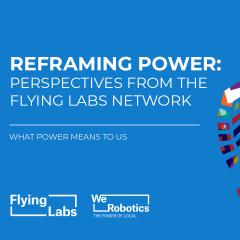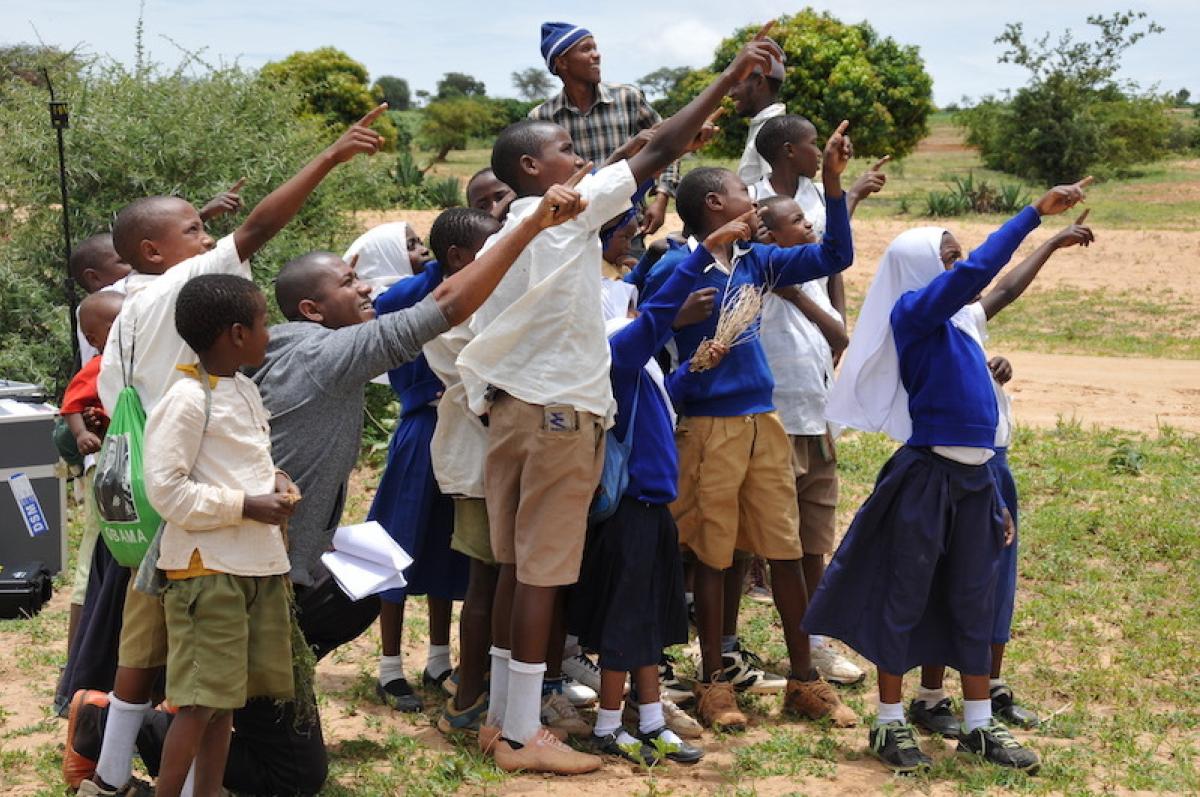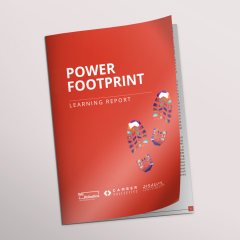
Co-Creating the Next Version of the Flying Labs Model to Grow in Size & Quality
August 6th, 2020

During our recent (virtual) Flying Labs Retreat, we exchanged favourite quotes with each other. One quote cited was, “If you cannot measure it, you cannot manage it.” Another quote shared was, “A network is only as strong as its weakest link.” Both quotes hit the nail on the head when thinking about the rapid growth of the Flying Labs network.
As the network continues to grow, adding a new component to the model also allows us to specify, evaluate, and improve the quality and sustainability of the network—which is essential for all Flying Labs and ultimately the process to shift power with a decentralised network.
Today, the "Affiliate Flying Labs Model" allows the network to grow in size. However, it addresses qualitative or sustainability factors only in a limited way. As the network continues to grow, adding a new component to the model also allows us to specify, evaluate, and improve the quality and sustainability of the network—which is essential for all Flying Labs in the network.
We are currently co-creating a complementary model with Flying Labs that addresses the qualitative growth and sustainability within the network. Through this “Evolve” model, each Flying Labs will first create a base score for their labs, allowing them to identify the unique strengths they bring to the network and the gaps they can improve on. And repeat this cycle continuously to contribute to the overall network’s growth and sustainability. Evaluations will also be compiled, allowing them to create a benchmark of the network, which will allow each Flying Labs to place itself and its skills within the network. This will contribute to more South-to-South collaboration as it shows Flying Labs each other's strengths and allows Flying Labs to help each other improve. Also, knowing where Flying Labs want to improve will enable WeRobotics to effectively direct its efforts, and build resources and tools that support the gaps identified by the network.
With the clear “why” of this complementary model established, the “how” of creating and implementing the model is equally, if not more important to us, making Co-Creation and a bottom-up approach an integral part of it. This is why we are currently collaborating with and contracting 10 Flying Labs for the pilot phase of this complementary model. A first virtual Co-Creation workshop brought together the project team from WeRobotics with Flying Labs from Panama, Peru, Jamaica, Senegal, Nigeria, Namibia, Uganda, Tanzania, Philippines, and Papua New Guinea, allowed to create the first version of the model in early June 2020. The 10 Flying Labs are now testing the model within their labs to understand its current weaknesses and missing elements. This includes possible misunderstandings the model can create within Flying Labs and how applicable it is to various Flying Labs setups (for example, how it relates to Flying Labs who recently joined the network vs. Flying Labs who have been part of the network since the very beginning).
The pilot phase, scheduled to be completed in August, will allow us to improve and implement an initial model to the whole network that has been co-created, tested, and vetted by Flying Labs. And it will be crucial to draft the implementation plan of the model to all Flying Labs, drawing on ideas and feedback from the Flying Labs who have been part of the design process of the model.

In essence, as of October, the Flying Labs framework will comprise two specific models:
- “Affiliate” model (for quantitative network growth): It allows local organisations from the Global South to join the network, establish a Flying Labs in their country, and for existing Flying Labs to continue their journey in the network and renew their yearly license. The application process and guidelines (find them here) are continuously improved.
- "Evolve*" model (for individual Flying Labs and qualitative network growth): Allows Flying Labs to evaluate their unique strengths and gaps through a set of “pillars” and criteria and set themselves goals to grow their Flying Labs and become more sustainable.
Together, these two models will build a strong base for the network to keep growing, in size, expertise, quality, and sustainability, and continuously improve to set new standards in shifting the power with local experts in the Global South. We are excited to continue this co-creation journey with Flying Labs, guided by their needs and definitions of growth and sustainability.
* "Evolve" is being used here as a placeholder. The final name will be chosen in the next Co-Creation session
Recent Articles

